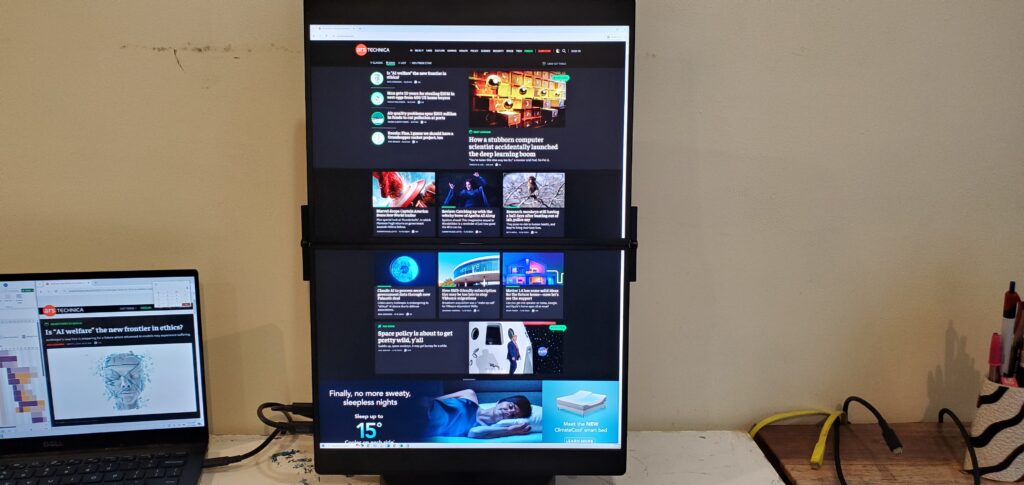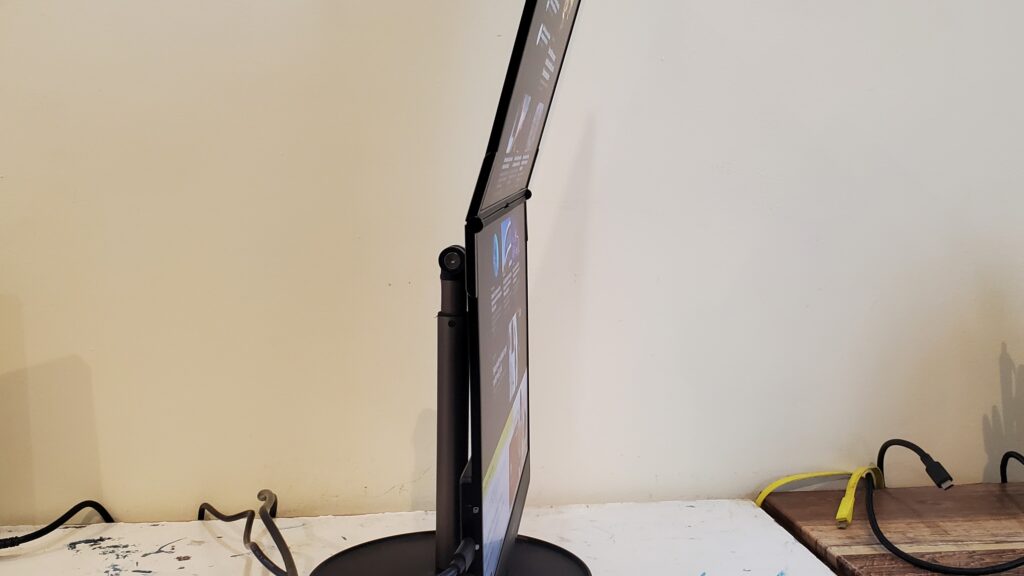-
chevron_right
A standing desk won’t improve your heart health—but it won’t hurt it either
news.movim.eu / ArsTechnica • 14 November, 2024 • 1 minute
Without question, inactivity is bad for us. Prolonged sitting is consistently linked to higher risks of cardiovascular disease and death . The obvious response to this frightful fate is to not sit— move. Even a few moments of exercise can have benefits, studies suggest . But in our modern times, sitting is hard to avoid, especially at the office. This has led to a range of strategies to get ourselves up, including the rise of standing desks. If you have to be tethered to a desk, at least you can do it while on your feet, the thinking goes.
However, studies on whether standing desks are beneficial have been sparse and sometimes inconclusive. Further, prolonged standing can have its own risks, and data on work-related sitting has also been mixed. While the final verdict on standing desks is still unclear, two studies out this year offer some of the most nuanced evidence yet about the potential benefits and risks of working on your feet.
Take a seat
For years, studies have pointed to standing desks improving markers for cardiovascular and metabolic health , such as lipid levels, insulin resistance, and arterial flow-mediated dilation (the ability of arteries to widen in response to increased blood flow). But it's unclear how significant those improvements are to averting bad health outcomes, such as heart attacks. One 2018 analysis suggested the benefits might be minor .





